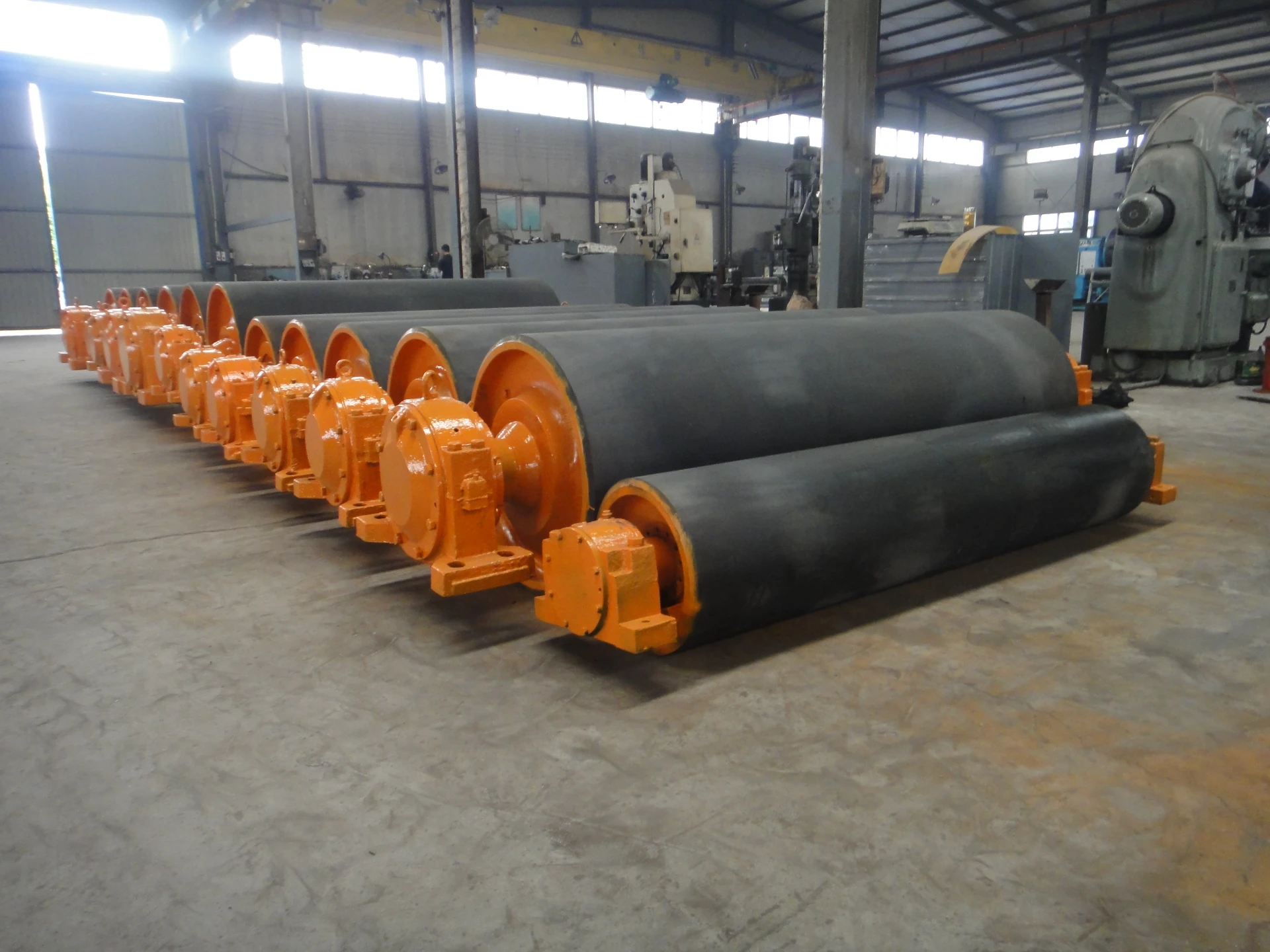 Afrikaans
Afrikaans  Albanian
Albanian  Amharic
Amharic  Arabic
Arabic  Armenian
Armenian  Azerbaijani
Azerbaijani  Basque
Basque  Belarusian
Belarusian  Bengali
Bengali  Bosnian
Bosnian  Bulgarian
Bulgarian  Catalan
Catalan  Cebuano
Cebuano  Corsican
Corsican  Croatian
Croatian  Czech
Czech  Danish
Danish  Dutch
Dutch  English
English  Esperanto
Esperanto  Estonian
Estonian  Finnish
Finnish  French
French  Frisian
Frisian  Galician
Galician  Georgian
Georgian  German
German  Greek
Greek  Gujarati
Gujarati  Haitian Creole
Haitian Creole  hausa
hausa  hawaiian
hawaiian  Hebrew
Hebrew  Hindi
Hindi  Miao
Miao  Hungarian
Hungarian  Icelandic
Icelandic  igbo
igbo  Indonesian
Indonesian  irish
irish  Italian
Italian  Japanese
Japanese  Javanese
Javanese  Kannada
Kannada  kazakh
kazakh  Khmer
Khmer  Rwandese
Rwandese  Korean
Korean  Kurdish
Kurdish  Kyrgyz
Kyrgyz  Lao
Lao  Latin
Latin  Latvian
Latvian  Lithuanian
Lithuanian  Luxembourgish
Luxembourgish  Macedonian
Macedonian  Malgashi
Malgashi  Malay
Malay  Malayalam
Malayalam  Maltese
Maltese  Maori
Maori  Marathi
Marathi  Mongolian
Mongolian  Myanmar
Myanmar  Nepali
Nepali  Norwegian
Norwegian  Norwegian
Norwegian  Occitan
Occitan  Pashto
Pashto  Persian
Persian  Polish
Polish  Portuguese
Portuguese  Punjabi
Punjabi  Romanian
Romanian  Russian
Russian  Samoan
Samoan  Scottish Gaelic
Scottish Gaelic  Serbian
Serbian  Sesotho
Sesotho  Shona
Shona  Sindhi
Sindhi  Sinhala
Sinhala  Slovak
Slovak  Slovenian
Slovenian  Somali
Somali  Spanish
Spanish  Sundanese
Sundanese  Swahili
Swahili  Swedish
Swedish  Tagalog
Tagalog  Tajik
Tajik  Tamil
Tamil  Tatar
Tatar  Telugu
Telugu  Thai
Thai  Turkish
Turkish  Turkmen
Turkmen  Ukrainian
Ukrainian  Urdu
Urdu  Uighur
Uighur  Uzbek
Uzbek  Vietnamese
Vietnamese  Welsh
Welsh  Bantu
Bantu  Yiddish
Yiddish  Yoruba
Yoruba  Zulu
Zulu rubber lagging pulley
The Significance of Rubber Lagging in Pulley Systems
In various industrial applications, pulleys play an essential role in the movement and transfer of materials. A crucial component that significantly enhances the performance and durability of pulleys is rubber lagging. This technique involves the application of a layer of rubber to the surface of a pulley, offering numerous advantages that contribute to the overall efficiency of conveyor systems and similar machinery.
The Significance of Rubber Lagging in Pulley Systems
Moreover, rubber lagging greatly contributes to the pulley’s ability to reduce noise levels within a working environment. Many industries face challenges with noise pollution, which can have detrimental effects on worker health and well-being. The rubber layer acts as a dampener, absorbing vibrations and reducing the overall noise produced by the machinery. This not only creates a more pleasant working environment but also helps companies comply with occupational health and safety regulations regarding noise.
rubber lagging pulley

In addition to enhancing traction and reducing noise, rubber lagging also provides vital protection to the underlying metal structure of the pulley. By acting as a protective cushion, rubber lagging minimizes the risk of damage caused by harsh environmental conditions and mechanical abrasion. This is particularly important in industries where pulleys are exposed to corrosive substances, extreme temperatures, or heavy loads. Reinforcing the pulley with rubber prolongs its lifespan and reduces maintenance needs, ultimately resulting in cost savings for businesses.
Furthermore, rubber lagging can be tailored to meet specific requirements. Different types of rubber compounds can be used, depending on the application's needs. For instance, certain formulations may be better suited for high temperatures, while others can provide enhanced chemical resistance. This versatility allows businesses to choose lagging solutions that align with their operational demands, ensuring optimal performance in a variety of settings.
Installation of rubber lagging can be relatively straightforward, with many options available for both standard and custom applications. The process typically involves the careful bonding of rubber sheets to the pulley surface, ensuring a secure fit that will withstand the rigors of use. With advancements in technology, there are even rubber lagging systems designed for easy replacement, which further enhances operational efficiency.
In summary, rubber lagging for pulleys is a vital aspect of modern industrial operations. From increasing traction and reducing noise to protecting machinery and prolonging service life, the benefits are manifold. As industries continue to seek ways to improve efficiency and reduce costs, rubber lagging will undoubtedly remain a key consideration in the design and maintenance of pulley systems. Its adaptability and protective qualities make it an indispensable tool in ensuring that industrial machinery operates smoothly and effectively, ultimately driving productivity and success in various sectors.
-
Revolutionizing Conveyor Reliability with Advanced Rubber Lagging PulleysNewsJul.22,2025
-
Powering Precision and Durability with Expert Manufacturers of Conveyor ComponentsNewsJul.22,2025
-
Optimizing Conveyor Systems with Advanced Conveyor AccessoriesNewsJul.22,2025
-
Maximize Conveyor Efficiency with Quality Conveyor Idler PulleysNewsJul.22,2025
-
Future-Proof Your Conveyor System with High-Performance Polyurethane RollerNewsJul.22,2025
-
Driving Efficiency Forward with Quality Idlers and RollersNewsJul.22,2025





























